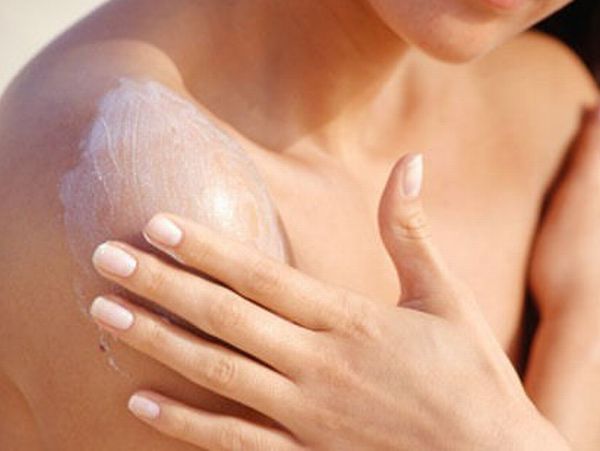
Melanoma is a serious type of skin cancer that develops in cells producing melanin. Melanin is the pigment that gives color to your skin. Melanoma can develop in the eyes and sometimes in other organs like the intestines. Though the exact cause of the disease is not known, it is associated with exposure to UV rays, tanning beds and lamps, and even genetic makeup. If detected early, the disease can be successfully treated.
Diagnosis
Sometimes it may be possible to diagnose the disease by simply looking at the skin. However, more accurate results are obtained by using a biopsy. In this method, the suspicious growth is removed and is analyzed by a pathologist. The procedures of biopsy used for diagnosing melanoma are punch, excisional, and incisional biopsy.
a. In punch biopsy, the doctor uses a special tool that has a round blade. It is pressed on the growth and a round piece is taken out for testing.
b. In excisional biopsy, the whole mole is removed along with a border of the normal skin.
c. For incisional biopsy, only the most irregular looking part is removed and taken for analysis.
Once the disease is diagnosed then the doctor tries to identify the stage of the disease. The stages are numbered using Roman numerals I to IV.
Stage 0: This type is usually found on the top of the skin known as epidermis. Patients with this type of melanoma can be easily cured by removing the canker surgically. The patients however need to be monitored regularly because there are chances of the disease to reoccur.
Stage I: This stage means that the disease has gone into the epidermis. This stage is also the thinnest of invasive melanoma. Sometimes, the melanoma may spread to the lymph nodes microscopically. If the lymph nodes are involved, a sentinel biopsy of the lymph node may be done.
Stage II: The thick melanomas have invaded deeply into the skin. As it grows deeper, there are chances of spreading to other areas in the body. Sentinel biopsy may be performed to remove the melanoma. If there is high risk, a treatment called adjuvant treatment is done to lower the risk of spreading.
Stage III: In this stage, the melanoma has already spread to the lymph nodes. It may spread to other organs as well. After the melanoma is surgically removed, adjuvant treatment is provided for lowering the risk of developing in other organs.
Stage IV: This is the final stage where the cancer has spread to other organs. The therapy given is targeted to the whole body. Radiation treatment is also beneficial at this stage. Most often, each patient is treated after accessing the situation and finding the best treatment suiting to the condition.
Treatment
The treatment for melanoma depends on the stage in which the patient is. Early stages can be treated easily using surgery also. If melanoma has spread beyond the skin, then several treatment options that can be used which include surgery, chemotherapy, radiation therapy, and biological therapy.
a. Surgery
When the disease spreads to the lymph nodes, the doctor may remove the nodes that are affected. Additional treatments may also follow.
b. Chemotherapy
Several drugs are used for destroying the cancerous cells. The drug can be administered in the form of pills or intravenously. Chemotherapy can be administered through a vein in your leg or arm too. During the procedure, blood is not allowed to travel to other parts for enabling the chemical to reach the affected areas.
c. Radiation therapy
High-powered beams are used for killing the cancerous cells. A common side effect is fatigue. Once the treatment is complete, you will feel energetic.
d. Biological therapy
This method is used for boosting your immunity and fighting the cancerous substances. The therapies include interleukin-2 and interferon. Side effects mostly look like those of flu including fever, fatigue, headache, chills, and muscle aches.
Prevention
The best thing about melanoma is that you can prevent it by taking all the necessary steps. Avoid exposure to midday sun. Wear sunscreen whenever you have to go out. Try to use protective clothing to prevent exposure to sunlight. Avoid using the tanning beds and lamps. In addition, know your skin and recognize the changes. If you find something unusual, consult your doctor and get the required treatment.




